Time:2025-03-21 08:16:17 Source:Sanjian Meichen Steel Structure
Choosing a quality industrial steel structure is a significant investment that requires careful consideration. A poorly constructed structure can lead to safety issues, costly repairs, and operational inefficiencies.
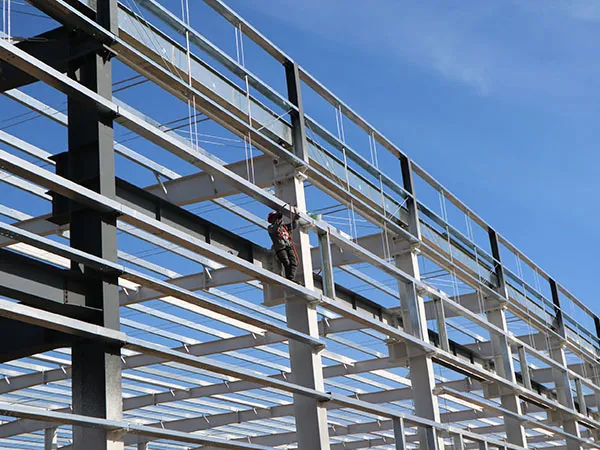
Experienced Design Team: Ensure the supplier has a qualified and experienced team of structural engineers and draftsmen. They should be proficient in steel structure design, including load calculations, connection design, and compliance with relevant building codes (e.g., AISC, EN, local regulations).
Site-Specific Design: The design must be tailored to your specific site conditions, including soil type, wind loads, snow loads, seismic activity, and environmental factors. A thorough site survey and geotechnical investigation are crucial.
3D Modeling and BIM: Look for suppliers that use 3D modeling and Building Information Modeling (BIM) to visualize the structure, identify potential clashes, and optimize the design for constructability and efficiency. This allows for better communication and collaboration throughout the project.
Code Compliance: Verify that the design adheres to all applicable building codes, standards, and regulations. Documentation proving code compliance should be readily available.
Future Expansion: Consider your future needs and design the structure with potential expansion in mind. This may involve reinforcing certain areas or providing provisions for future connections.
Performance Requirements: Clearly define the performance requirements for the structure, such as load-bearing capacity, resistance to specific environmental factors (corrosion, fire, etc.), and operational needs (cranes, conveyors, etc.).
Steel Grade: Specify the appropriate steel grade based on the design requirements and intended use. Common grades include A36, A572, and high-strength steel. Ask for material certificates (mill certificates) to verify the chemical composition and mechanical properties.
Surface Treatment: Proper surface treatment is essential for corrosion protection. Consider options such as galvanizing, painting, or powder coating, depending on the environment. Ensure the chosen treatment is applied according to industry standards.
Thickness and Dimensions: Verify that the steel members have the correct thickness and dimensions as specified in the design drawings. Conduct random spot checks during fabrication and erection.
Traceability: The supplier should have a system in place for tracking the origin and properties of the steel materials used in the structure. This ensures quality control and accountability.
Welding Consumables: Use appropriate welding consumables that are compatible with the steel grade and meet relevant welding standards.
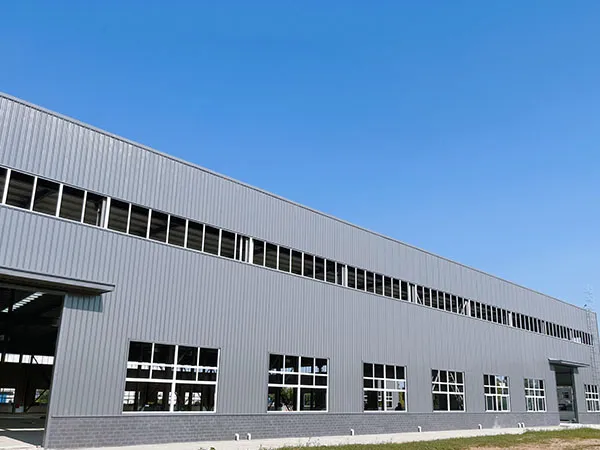
Certified Fabricator: Choose a steel fabricator that is certified by a reputable organization (e.g., AISC, CWB). Certification demonstrates that the fabricator has the necessary quality control procedures, equipment, and trained personnel to produce high-quality steel components.
Welding Quality: Welding is a critical aspect of steel structure fabrication. Ensure that the fabricator employs certified welders and uses appropriate welding techniques. Non-destructive testing (NDT) methods, such as ultrasonic testing (UT) or radiographic testing (RT), should be used to verify the quality of welds.
Dimensional Accuracy: The fabricated components should be dimensionally accurate and conform to the design drawings. Use precision measuring instruments to check dimensions during fabrication.
Shop Drawings: Review and approve shop drawings before fabrication begins. Shop drawings provide detailed information about the fabrication process, including dimensions, welding details, and material specifications.
Quality Control Plan: Request a copy of the fabricator's quality control plan and review it carefully. The plan should outline the procedures for material inspection, fabrication control, welding quality assurance, and dimensional accuracy.
Regular Inspections: Conduct regular inspections during the fabrication process to identify any potential issues and ensure that the work is being performed according to the approved drawings and specifications.
Sandblasting and Painting: Ensure that proper sandblasting and painting procedures are followed to provide adequate corrosion protection.
Experienced Erection Crew: The erection crew should be experienced in steel structure erection and have a proven track record of safety and quality.
Erection Plan: The erection contractor should develop a detailed erection plan that outlines the sequence of erection, the lifting equipment to be used, and the safety precautions to be taken.
Proper Alignment and Plumbing: Ensure that the steel members are properly aligned and plumbed during erection. Use precision surveying instruments to verify alignment and plumbness.
Bolt Torqueing: Bolted connections should be properly tightened to the specified torque values. Use calibrated torque wrenches to ensure proper torqueing.
Welding on Site: If welding is required on site, ensure that it is performed by certified welders and that the welds are inspected for quality.
Safety Procedures: Strict adherence to safety procedures is essential during erection. Provide proper fall protection, crane safety, and other safety measures to prevent accidents.
Weather Considerations: Plan for potential weather delays and take appropriate precautions to protect the steel structure from damage during erection.
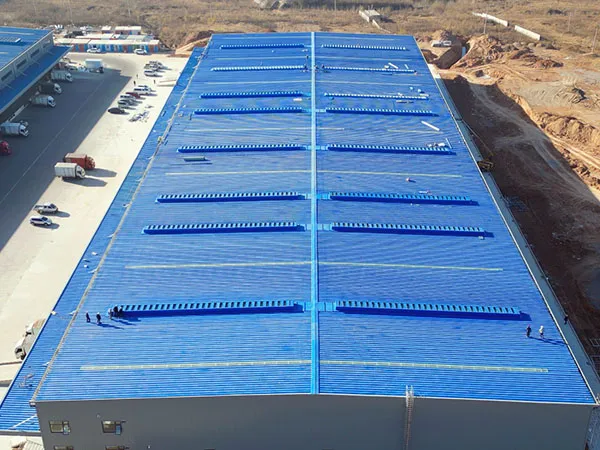
Track Record: Investigate the supplier's track record and reputation in the industry. Ask for references and contact previous clients to inquire about their experience.
Financial Stability: Ensure that the supplier is financially stable and has the resources to complete the project successfully. Review their financial statements and check their credit rating.
Warranty: Obtain a warranty on the steel structure and its components. The warranty should cover defects in materials and workmanship.
Communication and Project Management: Effective communication and project management are essential for a successful project. Choose a supplier that has a dedicated project manager who will be responsible for coordinating all aspects of the project.
Don't Just Focus on Price: While price is a factor, it should not be the sole determining factor. Prioritize quality and long-term value over the lowest possible price.
Life Cycle Cost Analysis: Consider the life cycle cost of the steel structure, including maintenance, repairs, and replacement costs. A higher initial investment in a quality structure can often result in lower life cycle costs.
Choosing a quality industrial steel structure involves careful evaluation of design, materials, fabrication, erection, and supplier reputation. By focusing on these key factors, you can ensure that your steel structure will be safe, durable, and provide years of reliable service. Don't hesitate to engage with experienced consultants and engineers to guide you through the process.
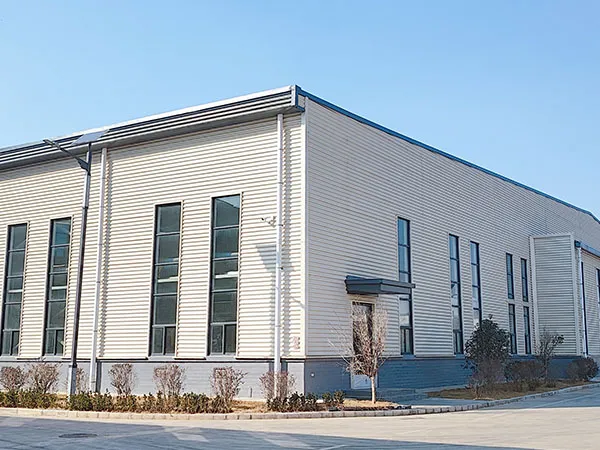
Steel Structure Workshop
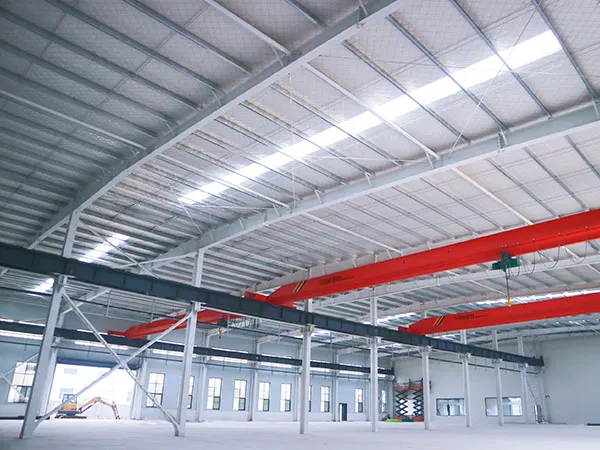
Steel Structure Factory
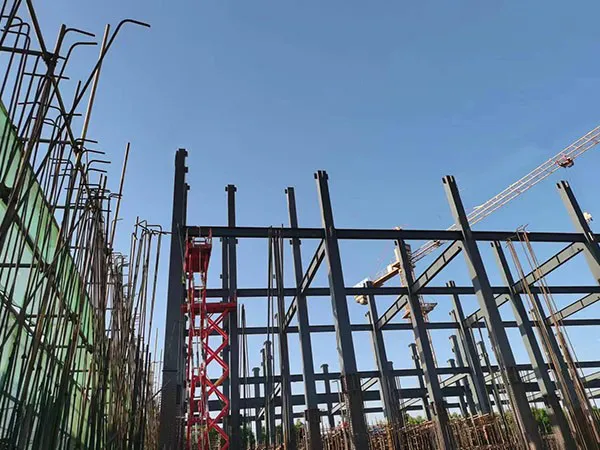
Steel Structure Cold Storage
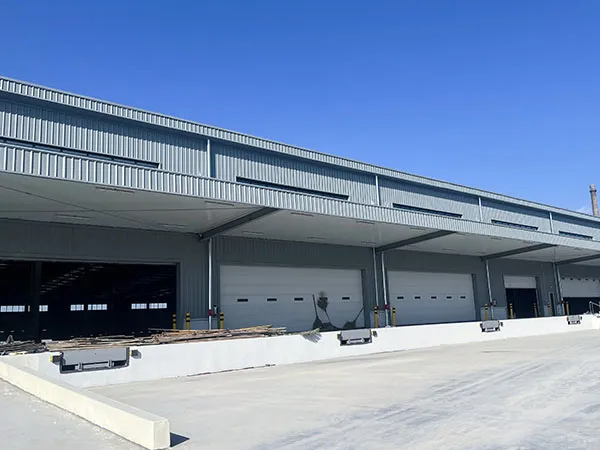
Logistics Park B04 Warehouse Steel Structure Project
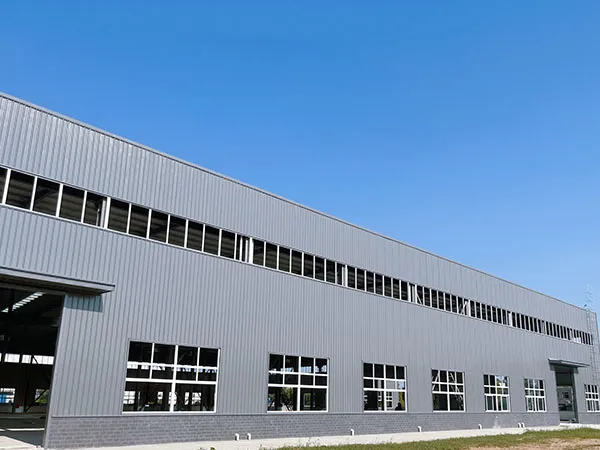
Electrical Steel Structure Factory Project
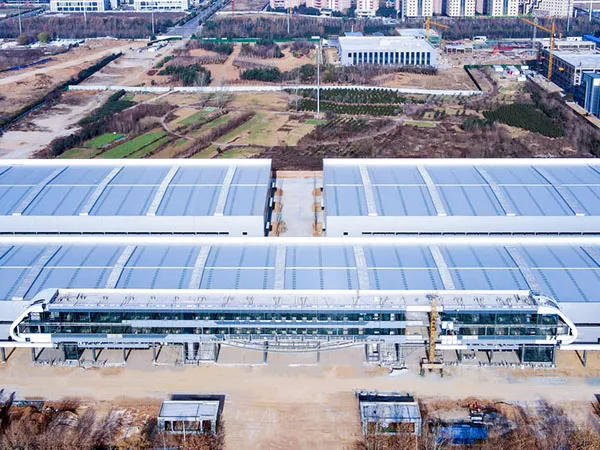
Industrial Park Steel Structure Factory
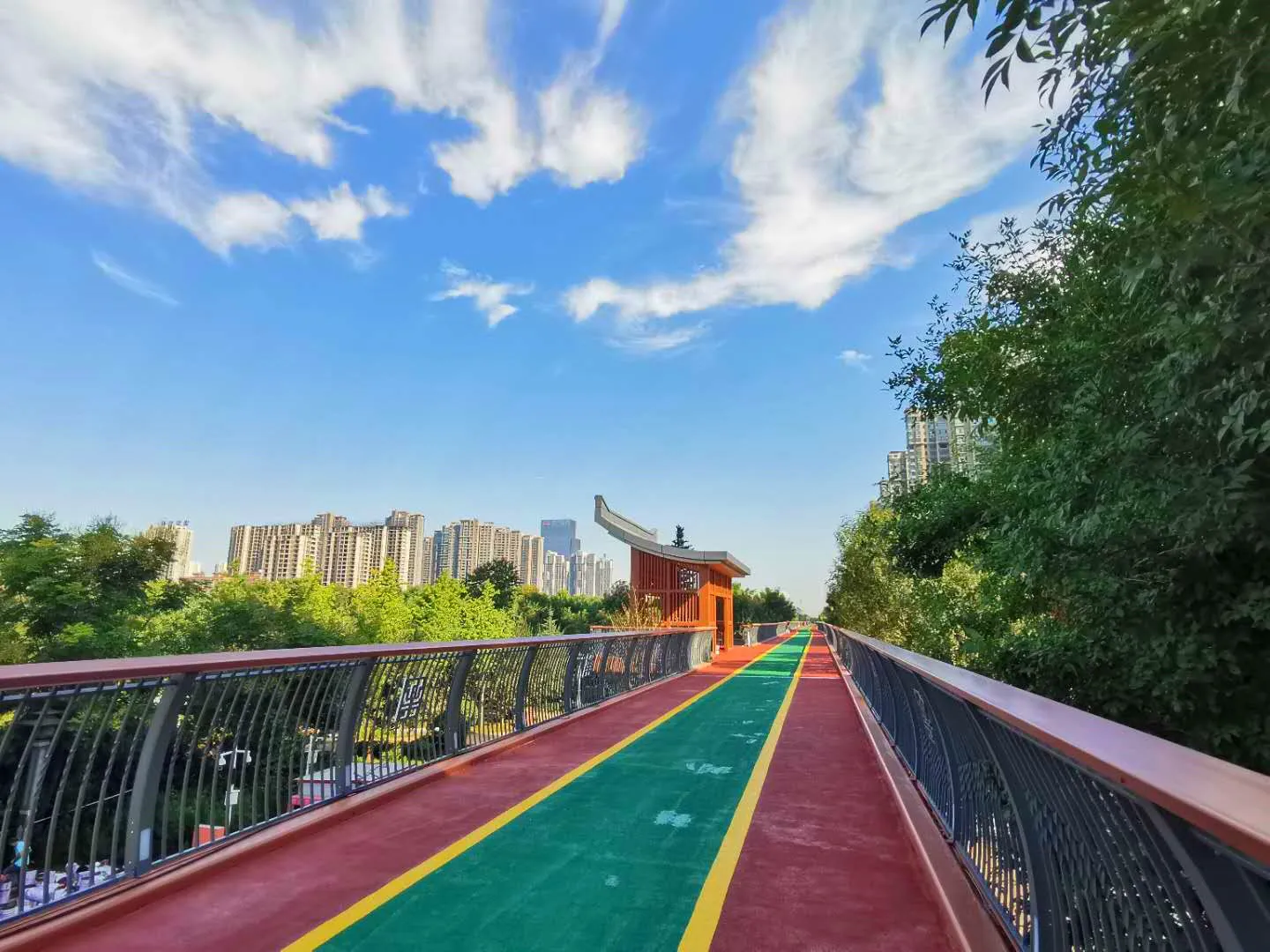
Luoyang Xingluo Lake Park Ledao Steel Structure Bridge Project
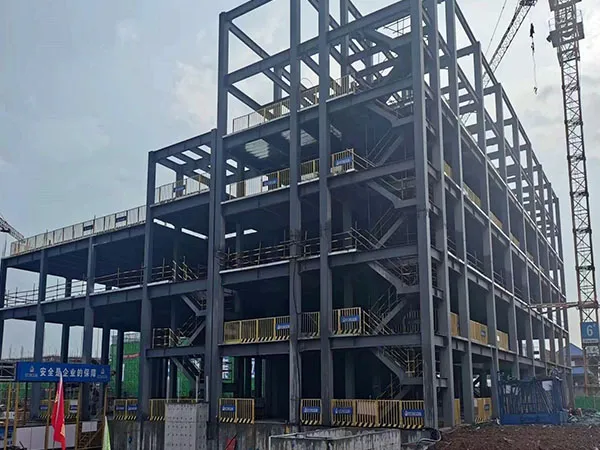
Luoyang Cold Chain Logistics Project